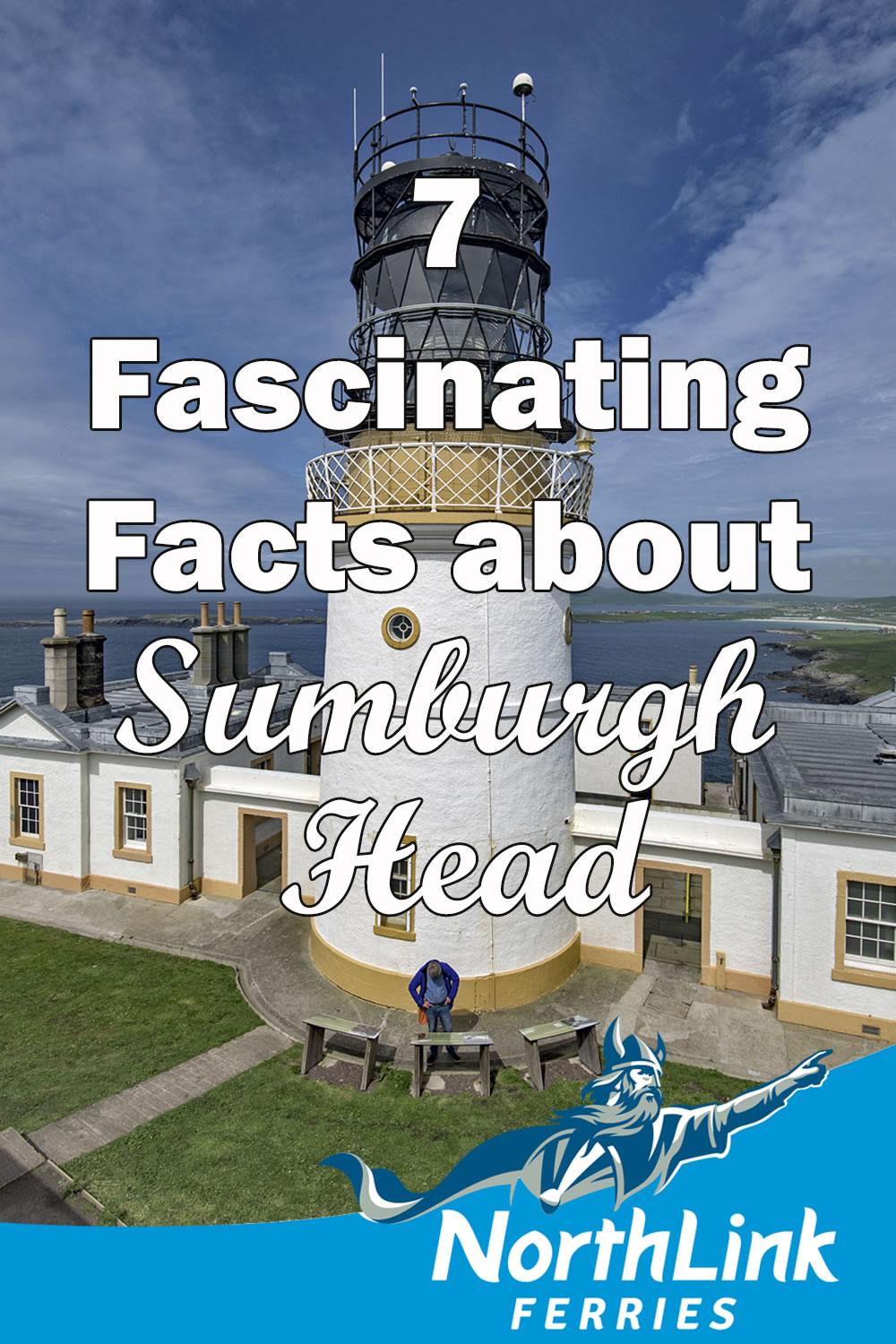7 Fascinating Facts about Sumburgh Head
Sumburgh Head is fantastic tourist destination that offers an exciting, interactive experience for its visitors. Located at the most-southerly point of mainland Shetland (26 miles from Lerwick), Sumburgh Head is home to a Lighthouse, Visitor Centre, and Nature Reserve.
A military radar station installed at Sumburgh Head potentially influenced the entire outcome of World War 2.
With panoramic views, magnificent wildlife and a captivating history, Sumburgh Head is a great place for everyone to visit.
We have collected 7 fascinating facts about Sumburgh Head that you may not have known.
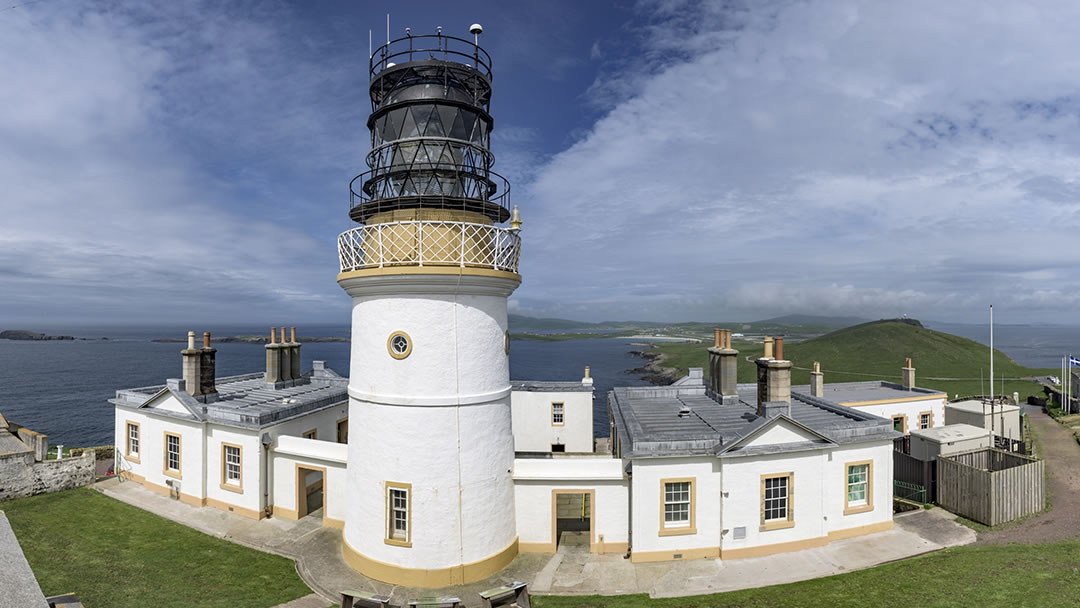
1. Sumburgh Lighthouse was the first lighthouse built in Shetland
Sumburgh Lighthouse was the first lighthouse constructed in Shetland and it was built over 200 years ago! Construction of the lighthouse began in winter 1819 with the intention of being completed by autumn 1820. Due to delay in receiving building materials, Sumburgh Lighthouse was finally operational on 15th January 1821.
The structure was constructed by John Reid and designed by Robert Stevenson. Stevenson made substantial contributions to the advancement of lighthouse technology and helped to construct 15 lighthouses during his lifetime.
Bonus fact: Robert Stevenson was the grandfather of author Robert Louis Stevenson, who famously wrote ‘Treasure Island’ and ‘Strange Case of Dr Jekyll and Mr Hyde’.
2. Sumburgh Head was named after the old Norse name ‘Dunrøstar høfdi’
Sumburgh Head was named after the old Norse name ‘Dunrøstar høfdi’ which translates to ‘the head onto the thunderous noise’. This refers to the noise of Sumburgh Roost, an area where two tidal streams collide dramatically between Mainland Shetland and Fair Isle.
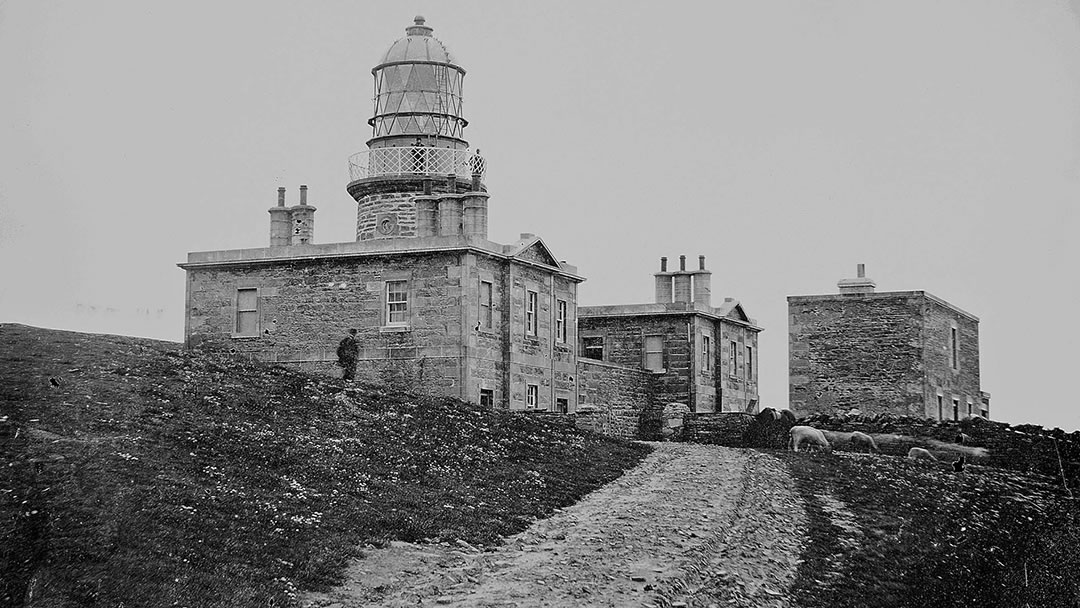
3. Sumburgh Lighthouse has a unique architecture
Sumburgh Lighthouse is perched on top of Sumburgh Head which towers 300 feet above sea level. As the lighthouse would be in an exposed location and subject to harsh weather conditions, careful consideration went into its design.
The walls of Sumburgh Lighthouse are double the regular thickness and has a gap in the middle. The exterior ‘shell’ of the lighthouse is 4-foot wide! This design aimed to keep the damp out and it was successful in doing so – even today, the tower’s interior remains completely dry.
Sumburgh Lighthouse stands 56 feet tall, and its light can be seen up to 23 nautical miles away.
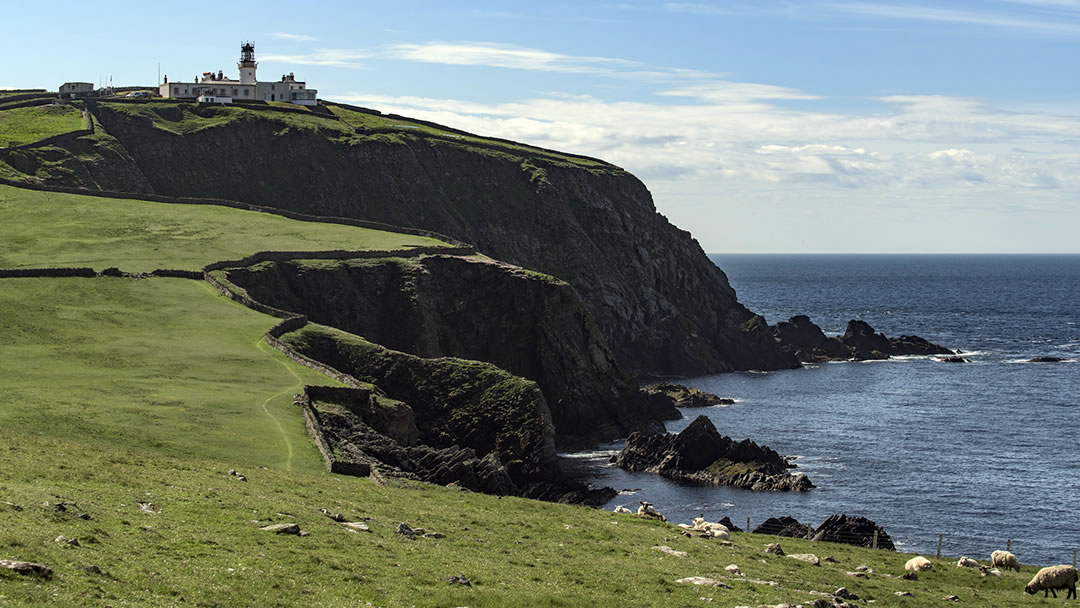
4. Sumburgh Head’s archaeological history dates back over 2,000 years
For over 2,000 years, Sumburgh Head has contributed to the protection of Shetland on numerous occasions. As it is the most southerly point of mainland Shetland, Sumburgh was the first landing for travellers who predominantly arrived from the south.
This resulted in the south of Shetland being highly populated, and it is presumed that this is why the area was heavily guarded. Sumburgh’s strategic significance has been understood since the Iron Age when it served as the location of a fortress.
‘The Ancient Fort of Swenburgh’ was documented in 1654 and described as ‘a ditch and a strong wall’. Although there are no remains, archaeologists believe the fort’s design would have been comparable to the Ness of Burgi which is located nearby.
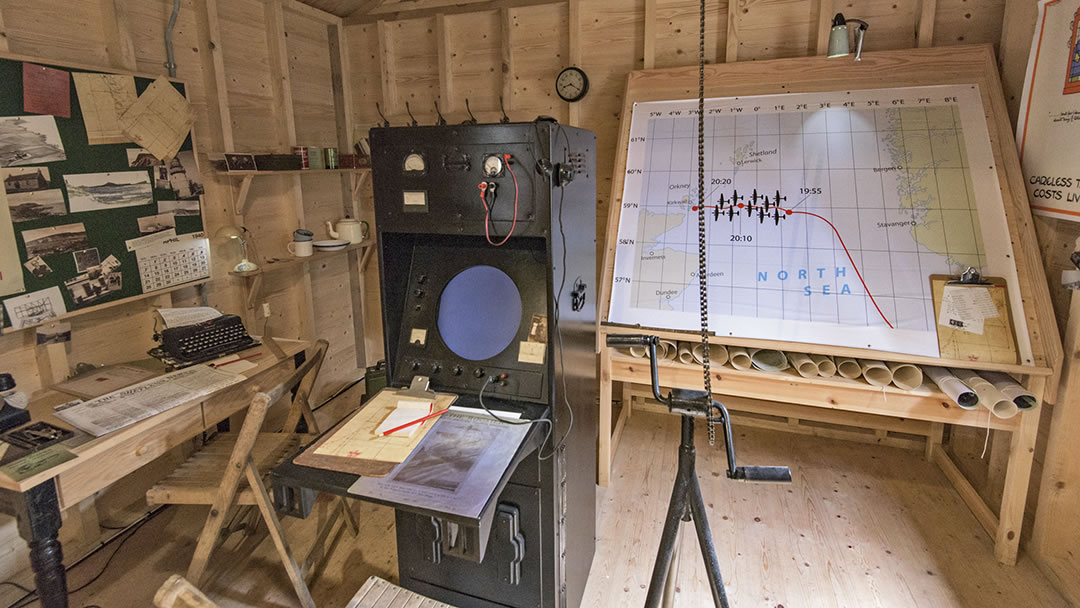
5. Sumburgh Head had a substantial impact on the outcome of World War 2
Shetland’s strategic military location allowed it to play a vital part in defending Britain throughout both world wars. It served as a crucial base for the Royal Navy and the Royal Air Force who patrolled the surrounding skies and seas.
Sumburgh saw a lot of wartime activity as a military radar station was installed here – the first in Northern Scotland. This radar station was significant as it foiled a surprise German attack at Scapa Flow, Orkney in April 1940.
Scapa Flow was the site of the Royal Navy’s command centre and where their battle fleet was anchored. 60 Luftwaffe bombers headed towards the UK with the objective of destroying these ships.
Sub-lieutenant George Evans, who was on duty in the radar station, detected the raid around 100 miles southeast of Sumburgh. He informed the commanding officer at Scapa Flow giving them sufficient notice to send out a counterattack.
Their defense was successful as they were able to repel the German aircraft and prevent any damage to the British fleet. If the Germans had succeeded, British naval strength could have been severely weakened and may have affected how the war played out overall.
Bonus fact: At the time, the noise of anti-aircraft gunfire above Scapa Flow was the loudest continuous sound ever recorded in the British Isles (it was heard in Lerwick which is 125 miles away!)
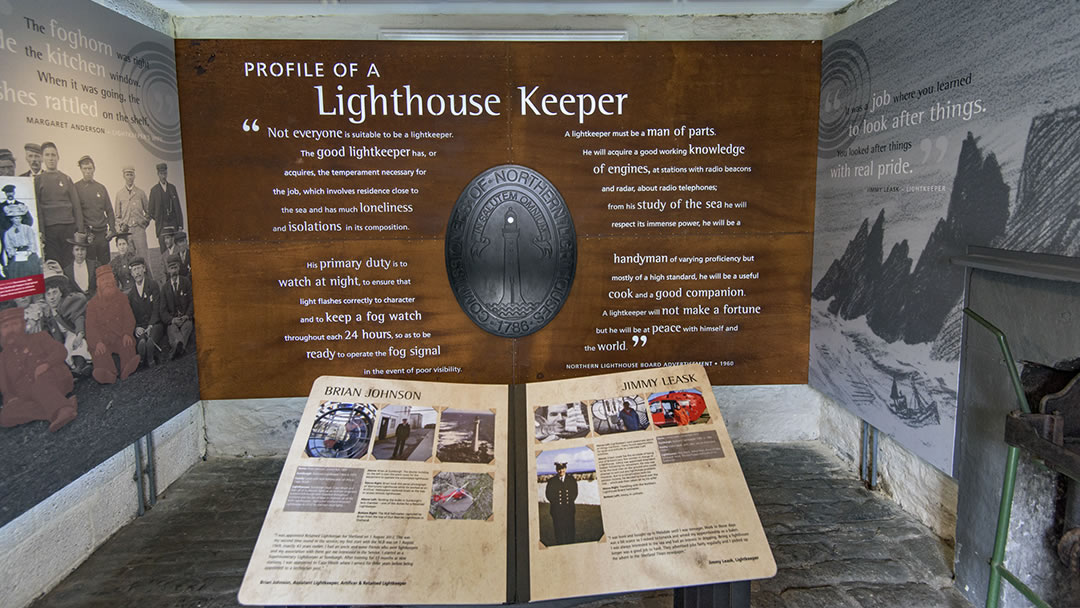
6. Over 100 lightkeepers have been stationed at Sumburgh Lighthouse
Lightkeepers were responsible for ensuring the essential light, which kept seafarers safe along Scotland’s coastline, were running smoothly and continuously. From 1833 to 1991, it is believed that 119 principal, assistant and operational lightkeepers have been stationed at Sumburgh Head.
To keep the light shining, the turning mechanism had to be wound frequently to keep it operational. It was crucial that lightkeepers maintained their position and remained vigilant whilst at work. Falling asleep on duty was a very serious offence!
One incident at Sumburgh saw both principal and assistant lightkeepers being dismissed, after it was discovered that they promised not to report each other for sleeping whilst working.
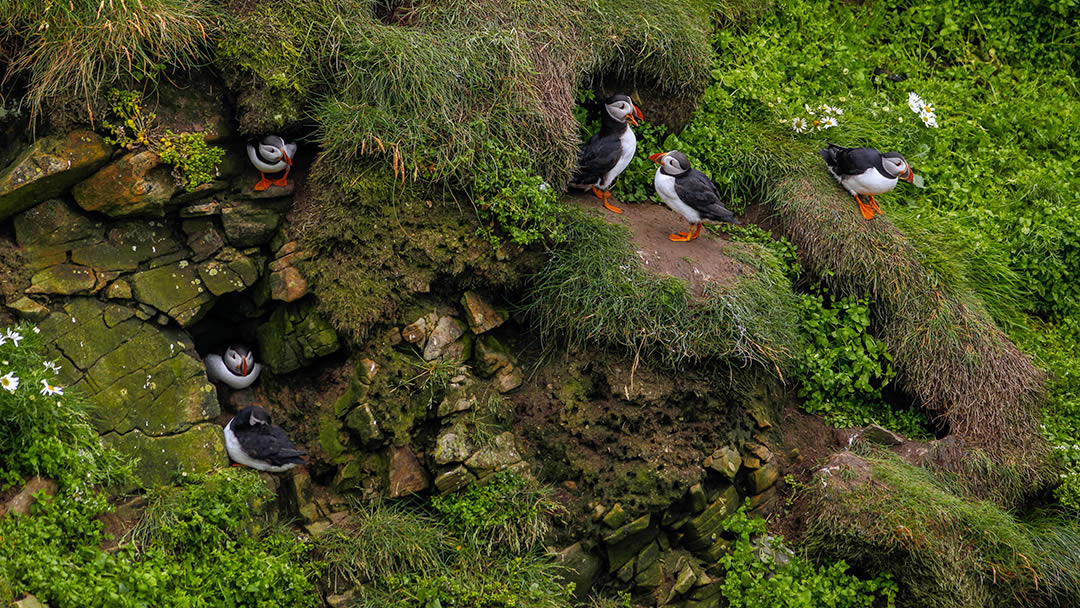
7. Sumburgh Head Nature Reserve is one of the best places to spot wildlife in Shetland
Sumburgh Head Nature Reserve has one of the easiest seabird colonies to reach in Britain. During summer, the cliffs are swarmed with birds including Puffins, Razorbills, Fulmars amongst many others.
Due to the abundance of seabirds, Sumburgh Head is one of over 150 Special Protection Area (SPAs) in Scotland. This is an area that aims to protect the habitats of endangered, rare, or migratory bird species.
Additionally, Sumburgh Head is a Site of Special Scientific Interest (SSSI). This is a region that has uncommon species of flora or fauna which is of considerable significance to research.
Sumburgh Head offers fantastic and uninterrupted views to spot a range of marine wildlife. Minke Whales, Harbour Porpoises, White-beaked Dolphins and Seals can be found here. Additionally, it is regarded as one of the top places in the UK to catch a glimpse of Killer Whales!
If you are interested in other great locations in Shetland to spot various wildlife, visit https://www.northlinkferries.co.uk/shetland-blog/7-amazing-shetland-wildlife-experiences/
We hope you enjoyed reading our fascinating facts about Sumburgh Head and learned something you never knew before! For more information, please visit https://www.sumburghhead.com/
 By Amy Leith
By Amy LeithA recent university graduate with an admiration for Orkney and Shetland, loves to travel and visit new places, enjoys cooking, always listening to music, spends a little too much time on TikTok.
Pin it!